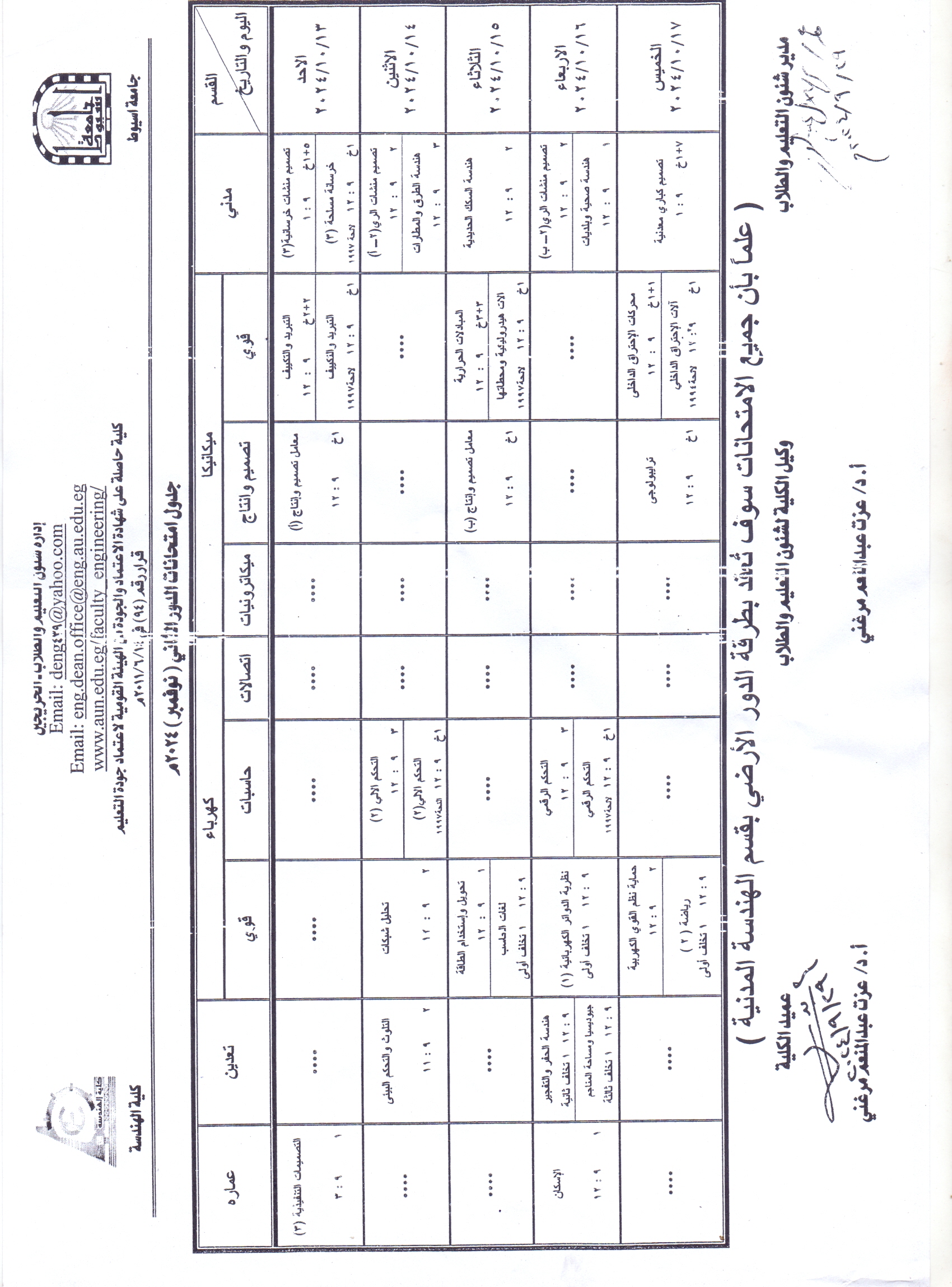
Robust DOA Estimation Using VSS-LMS With Low-Rank Matrix Approximation
Direction-of-arrival (DOA) estimation performance of adaptive filtering-based methods, e.g., least mean square (LMS), degrades significantly in adverse conditions (i.e., at low signal-to-noise ratio, small number of antenna array elements and snapshots, and in presence of two closely spaced signal sources). Moreover, these estimation methods require many regulating parameters to efficiently update the step size, which are very difficult to tune manually in practical scenarios. Although the subspace decomposition-based methods, e.g., multiple signal classification, provide somewhat better performance in adverse conditions, they are based on the statistical properties of the signal, such as spatial covariance matrix (SCM) and its eigenvalue decomposition, resulting in high computational complexity. In this article, a robust DOA estimation method is proposed based on a variable step size LMS algorithm with low-rank matrix approximation (LRMA) where the received signal denoising problem is formulated first as an LRMA problem directly using the received signal observations instead of the SCM, and then the variable step size is calculated from the predicted instantaneous error and the estimated powers of reference and denoised signals. The output spatial spectrum is determined by the reciprocal of the antenna array pattern, and the high peaks in the output spatial spectrum give the received signals estimated directions. The proposed method updates the step size efficiently without choosing any regulating parameter and achieves improved performance even in adverse conditions due to the denoising feature of LRMA with low computational complexity. Furthermore, we also conduct the convergence and stability analyses of the proposed iterative estimation method with the denoised signal. Numerical results demonstrate that the proposed method outperforms state-of-the-art methods, especially those which yielded based on adaptive filtering.
Data-driven spectrum allocation and power control for NOMA HetNets
Poetry, short story and essay competition
Second term exam schedule (November) 2024 AD
Modeling of performance and thermodynamic study of a gas turbine power plant
Abstract: The efficiencies and performance of gas turbine cycles are highly dependent on
parameters such as the turbine inlet temperature (TIT), compressor inlet temperature (T1), and
pressure ratio (Rc). This study analyzed the effects of these parameters on the energy
efficiency, exergy efficiency, and specific fuel consumption (SFC) of a simple gas turbine
cycle. The analysis found that increasing the TIT leads to higher efficiencies and lower SFC,
while increasing the To or Rc results in lower efficiencies and higher SFC. For a TIT of
1400 ℃, T1 of 20 ℃, and Rc of 8, the energy and exergy efficiencies were 32.75% and 30.9%,
respectively, with an SFC of 187.9 g/kWh. However, for a TIT of 900 ℃, T1 of 30 ℃, and Rc
of 30, the energy and exergy efficiencies dropped to 13.18% and 12.44%, respectively, while
the SFC increased to 570.3 g/kWh. The results show that there are optimal combinations of
TIT, To, and Rc that maximize performance for a given application. Designers must consider
trade-offs between efficiency, emissions, cost, and other factors to optimize gas turbine cycles.
Overall, this study provides data and insights to improve the design and operation of simple
gas turbine cycles.
Modeling, analysis, and shielding of the electric field between extra high voltage AC transmission lines and oil pipelines
The static charges and induced voltages from extra-high-voltage alternating current transmission lines (EHVACTLs) on parallel oil pipelines (POPLs) raise the risk levels for people and animals. Thus, the objective of this paper was to reduce and/or mitigate the electric field which is concentrated on POPLs by using grounded shield wires under EHVACTLs. Three techniques are employed to reduce the electric field effects on POPLs of two distinct types of transmission lines (TLs), 500 kV and 220 kV. The first technique involves raising the tower’s height to improve the clearance space between the POPLs and the TL conductors. The second technique is increasing the horizontal distance between the POPLs and the nearest stressed conductors of the TL. The third technique involves placing shield wires beneath the stressed conductors of the EHVACTLs. The electric field under the EHVACTLs is calculated with and without the grounded shield wires using charge simulation method. The results of the first technique revealed that with increasing the tower height from 10 m to 15, 20, 25, and 30 m, the electric field decreased by 43.75%, 62.5%, 68.75%, and 75%, respectively. Herein, employing the second technique, the electric field intensity is reduced by 20% and 21% depending on the POPL placed at a distance from the right stressed conductor equal to the horizontal clearance between conductors of 500 kV and 220 kV, respectively. Besides, the results of the third technique proved that the shield wires under the EHVACTLs reduced the electric field intensity on the POPLs by 17.65% and 24.71% for 500-kV and 220-kV TLs, respectively.
Use of waste activated carbon and wood ash mixture as an electrical grounding enhancement material
The grounding scheme is one of the main elements for protection system to mitigate the effect of unwanted lightning strikes or operational failures due to faults in generation, transmission and distribution systems. Desert sand soil has a very low electric conductivity, causing weakness in grounding system. To mitigate problems, the soil is supported with a high conductivity agent to adjust the soil conductivity to acceptable levels. A high-cost and non-renewable commercial product can be added to soils to increase their conductivity. This study brings innovation to conventional soil-enhancement materials. A newly developed mixture is proposed, which is composed of waste-activated carbon received from water purification industries and wood ash from agricultural wastes. First, mixture samples with different compositions of available waste materials were prepared. Then, experimental tests were performed and optimized with a combined genetic algorithm (GA) and fuzzy ranking method to estimate the optimal percentage volume value of each material involved in the developed mixture. To validate the effectiveness of the developed mixture, the results were compared with a commercial product available in the market. Also, the obtained results using GA are compared with those obtained by particle swarm optimization (PSO) to appreciate the best GA solutions. The effectiveness of using the developed mixture and the commercial product in reducing the resistance-to-ground of a rod driven in high and low resistivity soils is evaluated. Finally, a sample of the developed mixture was checked to be non-corrosive material for copper grounding rods.
A Comprehensive Review on Soil-Enhancement Materials Additive to Grounding System
Among the important influences on grounding systems are soil resistivities, as well as climatic changes such as temperature and humidity. Previous scientific research in soil enhancement materials is constantly improving to reduce soil resistance, and then improve the grounding systems to ensure safety of people and public facilities against the risks of fault current leakage or lightning strike. This paper presents a review based on the scientific analysis of previous research in field of soil-enhancement materials and their types under the influence of low and transient (impulse) testing conditions. The traditional and recent soil-enhancement materials are rearranged and divided into three main categories (natural, chemical, and waste) according to their nature. Then, it will focus on methodology, field, and computational methods of measurement. In addition, the soil-enhancement materials evaluation in grounding system based on their advantages and drawbacks is reported.
Ant Colony Optimization Method for Mitigation Voltage Sag and Swell using Distributed Static Compensator
This article proposes designing and dissection of the distribution Static compensator (D-STATCOM) to mitigate power quality problem like voltage swelling and sagging that happens due to symmetric and asymmetric faults. The DSTATCOM system presents comparison between two models the first was designed for three phases together to measure voltage of three phases and the second dealing with the every phase to measure voltage of single phase separately. D-Stacom model is designed to study its effect in the case of symmetric three phase faults and asymmetric faults like single line to ground (SLG) fault, line to line (LL), and double line to ground (DLG). The control system is carried out utilizing the Pulse Width Modulation technique and PID controller to reduce voltage swelling and sagging. Ant Colony Optimization (ACO) was used to adjust mechanism of the PID controller. ACO was applied to find the optimum gain parameter of PID controller. The performance of D-STATCOM in mitigation voltage sags and swells are showed with the aid of MATLAB Simulink. Results of D-STATCOM showed excellent and effective performance in mitigation voltage sags and swells.




